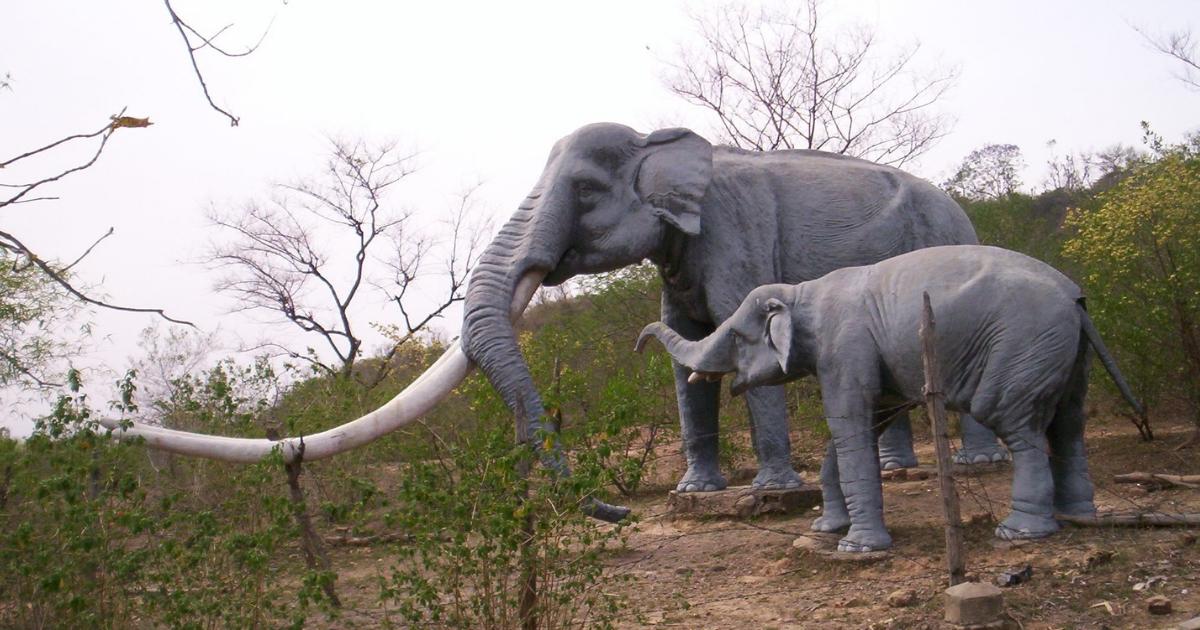Residents in the Kedunggalar subdistrict of Ngawi, East Java were digging up a hole for a septic tank on Tuesday when they made an unexpected mammoth (figuratively, not literally) discovery.
The diggers found the fossil of a tusk belonging to a prehistoric elephant, measuring 120 centimeters in length and 10 centimeters in diameter.
At first, the locals thought the fossil was a log but after examination by a researcher from a local prehistoric museum, it was determined that the diggers had unearthed a tusk fossil from an extinct elephant species.
“The tusk fossil is from a stegodon elephant, it’s 700,000 years old,” said Suwita Nugraha from Sangiran Museum as quoted by CNN Indonesia.
The fossil has been collected by the museum for further study into the stegodon.
Back in April, also in Ngawi, a farmer discovered 94 fossil pieces belonging to a stegodon. The biggest piece was a leg bone measuring 90 centimeters in length.
The stegodon is considered a sister species to the mammoth. It could well be confused with modern day elephants save for its tusks, which could grow as long as the length of its body. The stegodon roamed the earth during a span of time measuring from 11 million years ago to as recently as 6,000 years ago across Asia, Africa, and North America.
Discoveries of its fossils are rare but not unheard of in Indonesia. Besides Ngawi, stegodon fossils have also been recently discovered in Central Java and South Sulawesi.





Reader Interactions